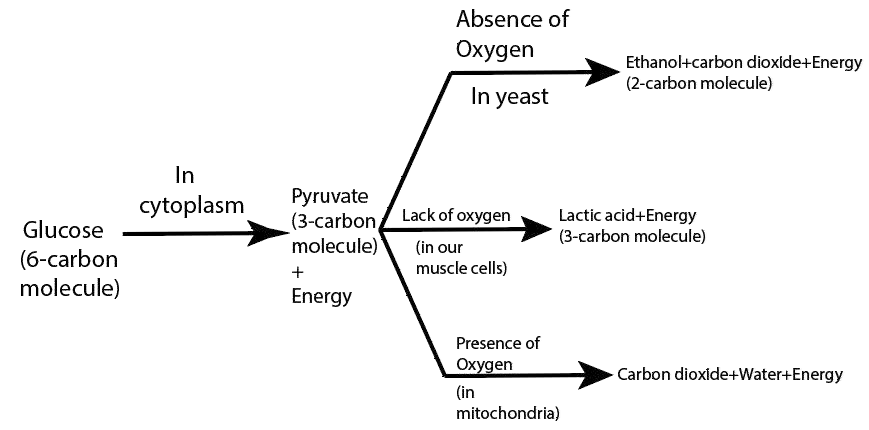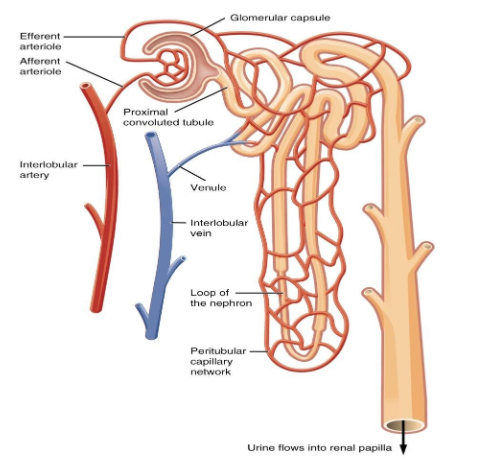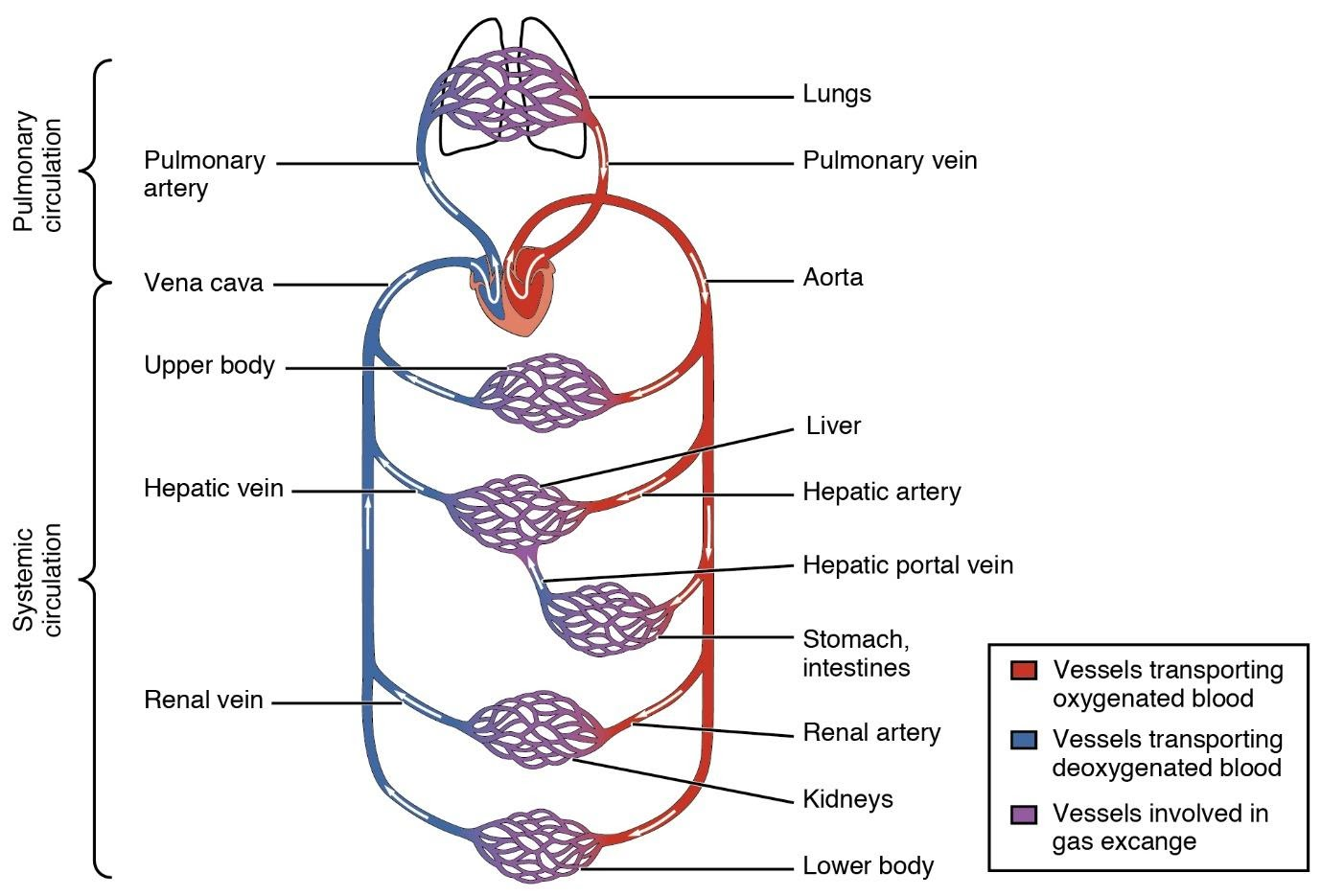Life Processes Class 10 Questions and Answers for CBSE Exam Preparation
NCERT Solutions for Class 10 Science Chapter 5 Life Processes 2025-26
FAQs on NCERT Solutions for Class 10 Science Chapter 5 Life Processes 2025-26
1. What are the main topics covered in the NCERT Solutions for Class 10 Science Chapter 5 Life Processes?
The NCERT Solutions for Class 10 Science Chapter 5 Life Processes cover nutrition, respiration, transportation, and excretion in both plants and animals, as outlined in the CBSE 2025–26 syllabus. Each topic is explained with stepwise solutions, focusing on the biology behind fundamental life processes needed for living organisms.
2. How should students approach answering NCERT Life Processes questions as per CBSE guidelines?
To answer questions in NCERT Solutions for Class 10 Science Chapter 5 effectively:
- Start with a clear definition from the NCERT text.
- Use labeled diagrams where relevant (e.g., for structures like nephron or alveoli).
- Break down processes into steps (such as steps of nutrition or respiration pathways).
- Keep answers concise but cover all points asked in the question.
- Align terminology and methods with the CBSE exam pattern for 2025–26.
3. What are the key differences between autotrophic and heterotrophic nutrition, and how are they solved in NCERT Solutions?
Autotrophic nutrition refers to organisms (like green plants) making their own food using sunlight, CO₂, and water through photosynthesis. Heterotrophic nutrition is when organisms (like animals) depend on other organisms for food. NCERT Solutions explain these with examples, differences, and relevant equations as required in CBSE board exam answers.
4. Why is double circulation necessary in humans, as explained in NCERT Solutions Class 10 Science Chapter 5?
Double circulation in humans ensures that oxygenated and deoxygenated blood remain separate. This results in efficient oxygen delivery to body tissues and helps maintain constant body temperature—a requirement for warm-blooded animals like humans, as laid out in CBSE 2025–26 NCERT Solutions.
5. What conceptual errors do students usually make when solving Life Processes NCERT Solutions, and how can they avoid them?
Common errors include confusing the direction of transport in xylem and phloem, mixing up steps of respiration, and incomplete diagrams. To avoid these, students should:
- Memorize the sequence of steps/processes as per NCERT text.
- Practice labeled diagrams, always mentioning direction and labels.
- Revise definitions and differences using NCERT terminology.
6. How does the structure of alveoli support their function, according to CBSE Class 10 Life Processes NCERT Solutions?
Alveoli are thin-walled, moist, and highly vascularized, with a large surface area. This structural design enables efficient diffusion of gases (oxygen and carbon dioxide), which is essential for respiration. CBSE NCERT solutions emphasize connecting structure with function for exam-ready answers.
7. In CBSE 2025–26 NCERT Solutions, what is the process of excretion in humans and how is it explained?
Excretion in humans involves the removal of metabolic wastes, primarily through kidneys, which filter blood via structures called nephrons. Wastes are collected as urine and removed from the body. The process is explained stepwise in the NCERT Solutions with focus on filtration, reabsorption, and formation of urine.
8. What important functional differences between arteries and veins are highlighted in Class 10 Science Chapter 5 NCERT Solutions?
According to NCERT Solutions:
- Arteries carry oxygenated blood (except pulmonary artery), have thick elastic walls, and transport blood away from the heart.
- Veins carry deoxygenated blood (except pulmonary vein), have thinner walls, valves, and transport blood towards the heart.
9. How do plants transport water and nutrients, and how is this explained in NCERT Solutions for Life Processes?
Plants use xylem to transport water and minerals from roots to leaves (upward direction), and phloem to transport food substances (like sucrose) from leaves to all parts of the plant (multidirectional). NCERT Solutions describe these processes using labeled diagrams and stepwise explanations as per CBSE exam expectations.
10. What if the human body has a deficiency of hemoglobin, as discussed in Life Processes NCERT Solutions?
A deficiency of hemoglobin reduces the capacity of blood to carry oxygen, resulting in symptoms such as fatigue, weakness, and sometimes anemia. NCERT Solutions stress understanding consequences and relating biological functions to real-life health scenarios, as per the latest CBSE syllabus.
11. What makes a question from Life Processes a higher-order thinking (FUQ) question for NCERT Solutions?
A FUQ (Frequently Unanswered Question) probes deeper understanding, such as analyzing what might happen if a life process is disrupted (e.g., impact of blocked xylem), comparing systems across organisms, or interpreting how changes in environmental conditions affect processes like transpiration. Answers should apply concepts beyond memorization, as per CBSE focus on application in exams.
12. How do digestive enzymes facilitate digestion according to NCERT Solutions Class 10 Science Chapter 5?
Digestive enzymes break down complex food molecules into simpler substances that can be absorbed by the body. For example, amylase in saliva breaks down starch, pepsin digests proteins, and lipase digests fats. NCERT Solutions recommend naming enzymes, their source, and their specific functions in answers.
13. How can students use NCERT Solutions for Class 10 Science Chapter 5 effectively for board exam preparation?
Students should:
- Practice writing stepwise answers matching the CBSE marking scheme.
- Draw and label diagrams as required.
- Revise all definitions and differences in tabular form (as per NCERT Solutions).
- Attempt additional related questions to deepen understanding, not just memorize answers.




















 Watch Video
Watch Video























